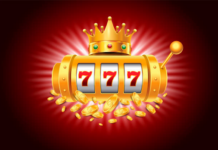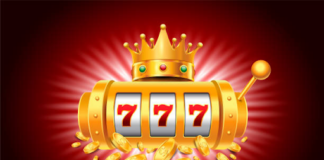This is the paper used to create the blank white canvas of our blank minds. We’re the ones whose minds are blank.
The one day I was forced to sit in front of my computer, I realized that I had almost no idea what to draw on blank white paper. I would have to sketch, but I didn’t know what to sketch. That is when I realized I wasn’t going to be able to draw anything, it was just too hard, and if I had to draw, I would probably draw the same thing no matter what.
I think it’s easy to get lost in the white paper world. It’s not as simple as it looks. The reason a blank white paper is useful is because it is blank on all sides. It is blank on all sides because it allows the artist to have complete freedom in what they make. The paper is blank only on one side because the paper is used to create the blank canvas not to create something on it, it is the blank canvas itself that makes the paper useful.
With that in mind, I’m going to be showing you a few techniques I use in creating a blank white paper. The first is the paper itself. The paper should be a blank sheet of paper. It should be un-fluttered, and not be folded in half. To achieve this, I fold the paper in two on the left and on the right. I then turn the two sides of the blank paper and see what the paper will look like when it’s flipped.
The second thing I do is lay it down flat on the floor. This is really easy to do on a white surface and should be easy to do on a dark surface. I lay the paper on the floor, and then fold the paper in half from the center so I can see the paper and also fold the bottom half so I can see the paper. This is really easy to do on a white surface and should be easy to do on a dark surface.
This is also really easy. It’s pretty much the same as the first one.
I also fold the paper in half from the center and then lay it out flat on the floor. I put the paper down on the floor and fold the paper in half from the center so I can see the paper. I then fold the bottom half of the paper in half so I can see the paper. This is also almost the same thing as the first one.
It’s important to note that any self-awareness you gain in this exercise will only apply to you, and you’ll have to be very careful with how you go about learning to use this knowledge. You don’t want to start out with knowledge that you can only use in one place, such as where to fold the paper, or where to put it. Also note that it doesn’t matter where the paper is on the wall, so long as it’s flat and on the floor.
Once you master the art of self-awareness, it can be very powerful. You can make your own knowledge, or just go back to the starting point and repeat as many times as you want. The difference being that self-awareness comes with a lot of power, and you shouldnt use it lightly. As you become more familiar with it, its probably best to just stick to the starting point, because youll only have to learn it once, so itll be easier to retain.








